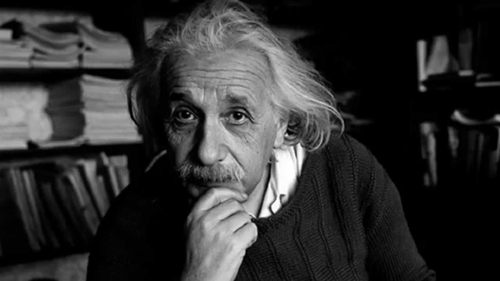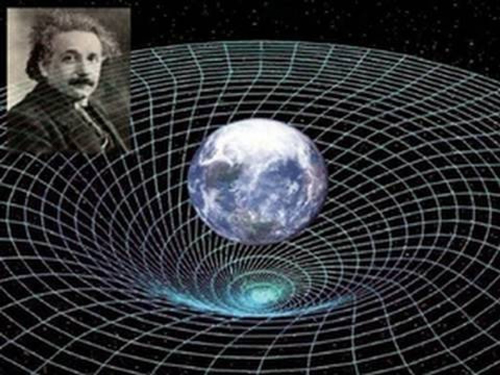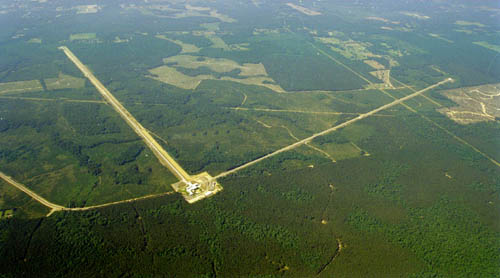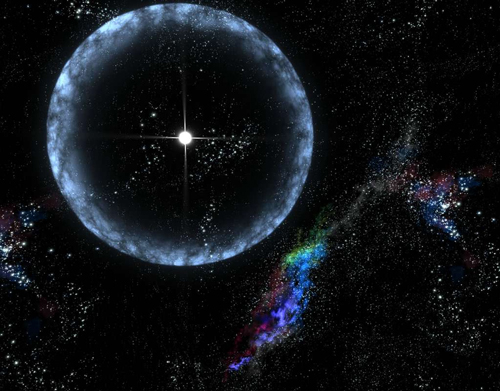- 790shares
- Share
- Tweet
- Facebook Messenger
Yesterday, the National Science Foundation in America brought together scientists from the Massachusets Institue of Technology (MIT), the California Institute of Technology (CalTech), and The Laser Interferometer Gravitational-Wave Observatory (LIGO) Scientific Collaboration to break the news about the detection of Gravitational Waves.
A little background on the history of Gravitational Waves

Exactly 100 years ago, in 1916, German-born theoretical physicist Albert Einstein laid down the Theory of Relativity, one of the guiding forces that drive the universe, and predicted the existence of gravitational waves. Yesterday’s news of the said waves prove Einstein’s theory in part and has opened new vistas for further study of our vast and mysterious universe.
Now the important question: What are Gravitational Waves?

In layman’s terms, gravitational waves are ripples in the fabric of spacetime. For the uninitiated, spacetime is a model that observes the element of the universe as a single entity made up of both space and time. If you rotate a rugby ball in a pool, the ripples move outwards. Gravitational waves move outwards in the same way after two unequal masses swivel inwards in spacetime. Equal masses won’t work, just like rotating a perfectly spherical ball won’t create as many ripples.
How are Gravitational Waves formed?

Black holes are one of the largest objects in space. And the larger the object, the more mass it will hold. If you consider spacetime as a bed, placing an object of a large mass (like a bowling ball) on it will make it have an indentation. Black holes have the same effect on spacetime. Now when two black holes combine, they spiral into each other, and the orbiting and eventual moment of their combination results in a large disturbance, i.e., a gravitational wave, which travels throughout space undisturbed by planets, stars, or other objects. All objects carrying mass create them, even humans, but those waves will be negligible and almost non-existent to decipher.
How dow we know when a Gravitational Wave passes?

For the purpose of detecting gravitational waves, researchers from MIT and CalTech built the LIGO in 2002. It is built of two vacuum tunnels in an L-shape, each roughly 4.02 kilometres (or 2.5 miles) long. Two observation stations are located at their ends, roughly 3218 kilometres (or 2000 miles) apart, one in Washington and one in Louisiana. What this observatory does is fire laser beams constantly from the L-joint to both ends. At the ends are mirrors placed that bounce the beams back to the joint. If gravitational waves pass through that area, the mirrors will be very very slightly displaced, and the change in beams will be recorded.
How exactly did the current one get detected?

On 14 September 2015 at 4:50 AM Eastern Time (or 02:10 PM Indian Standard Time), LIGO detected its first gravitational waves, and named them GW150914. After a few months of studying all the data from the observations, they were ready to tell the world about it, after many debates and discussions with other scientists from their collaborations. Gravitational waves stretch and squeeze particles when they pass.
On the day they were detected, they stretched the mirrors at the Louisiana part of the L, and squeezed those at the Washington part, by a very very minuscule distance (one part of 1021, to be precise). The laser beams picked up these displacements and fed them into the observation computers.
How will this finding be useful to us?

Up until now, scientists all over the world were only using one method of finding things in the universe, the electromagnetic spectrum, or whatever can be seen by transmitting waves of visible light. Gravitational wave GW150914 were born of two black holes colliding approximately 1.3 billion years ago, and they travel at the speed of light. Hence, this new finding will lead us to explore the more hidden depths of the universe, and find causes for the birth and death of black holes, more information about the anatomy of neutron stars, and other phenomena which have only been theorised till date.
Remembering Sanjeev Dhurandar, who proposed the idea thirty years ago
Professor Sanjeev Dhurandar, yesterday, was hailed as one of the 1,000 key scientists who paved the way for the discovery and detection of gravitational waves. Prof. Dhurandar led the only Indian group at LIGO for 10 years initially, but his ideas were rubbished for lack of credibility. At a gathering held at the Inter-University Centre of Astronomy and Astrophysics (IUCAA) in Pune yesterday, former director Prof. Jayant Narlikar lauded Dhurandar for thinking against the tide and providing experiments for Gravitational waves.
This is a finding worthy of a Nobel Prize and goes on to prove just how accurate Einstein was, 100 years ago. So, have we detected gravitational waves yet?
To infinity and beyond! ?
- 790shares
- Share
- Tweet
- Facebook Messenger




